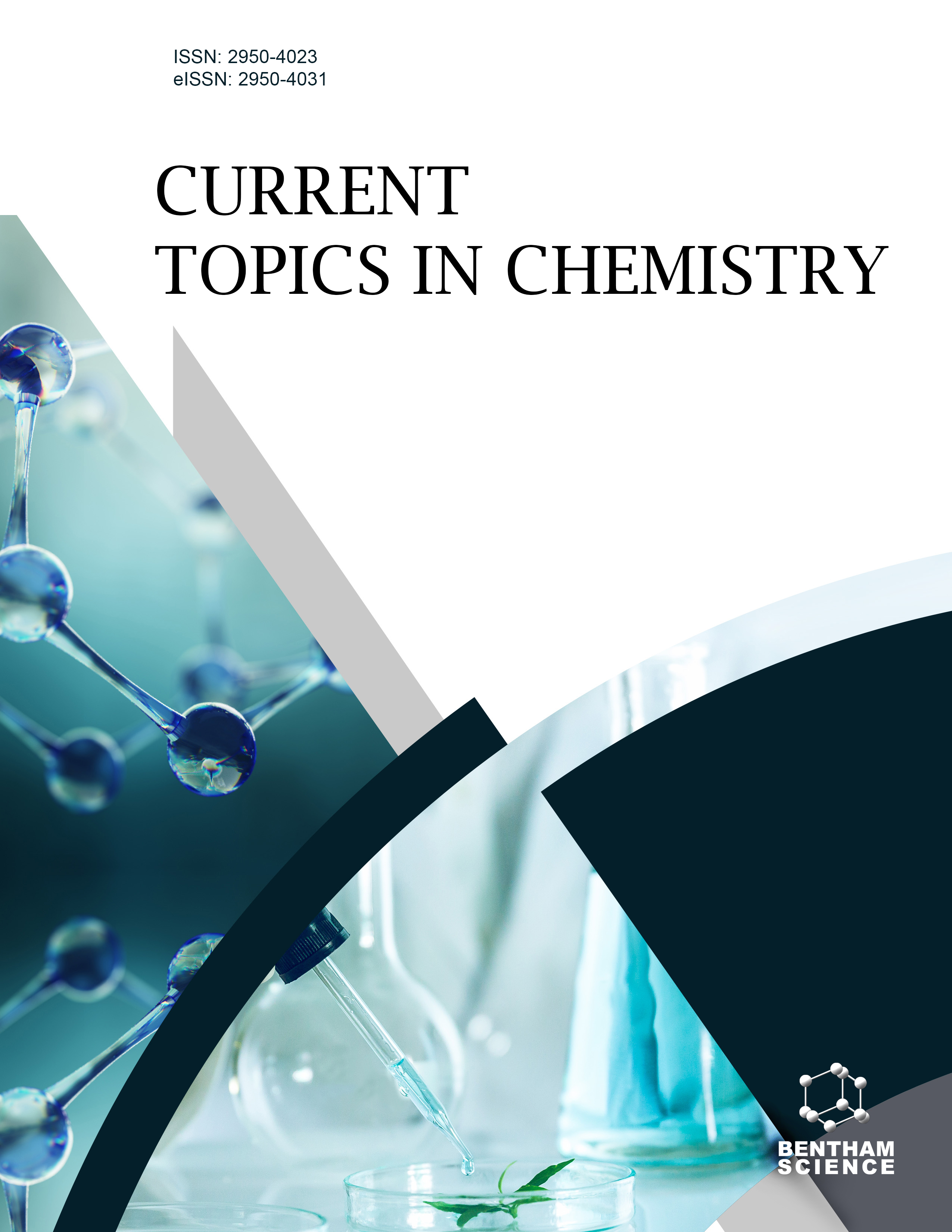
Full text loading...
We use cookies to track usage and preferences.I Understand
Profitable interest in the pervasive packaging of ionic liquids has continued to increase due to its several advantages and environmentally pleasant nature. Fabric enterprise is stated to be the most important enterprise as a result of a rapid increase in the populace across the globe. Certain ionic beverages can dissolve textile fibers. Therefore, ionic liquids are doubtlessly appropriate for material production and recycling. The dyeing of fabric substances involves numerous financial and ecological risks, resulting in an excessive intake of water, power, and chemicals. Ionic liquids surpass through their extraordinarily low vapor pressure, which enables them to deal with commonly used natural solvents. Moreover, ionic liquids display excessive temperature-associated dielectric constants, consequently displaying top-notch solvent strength for distinct fabric-associated substances, inclusive of silicones, keratin, and cellulose. This article provides a brief review of the pertinent literature that focuses on historical patterns and practical commercial applications of ionic liquids before moving on to current developments in ionic liquids and the fabric industry.

Article metrics loading...

Full text loading...
References


Data & Media loading...

